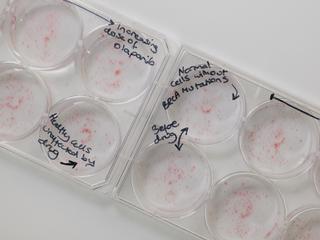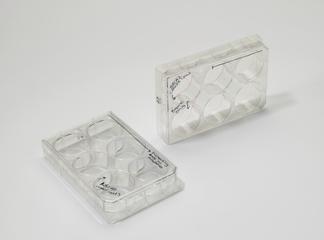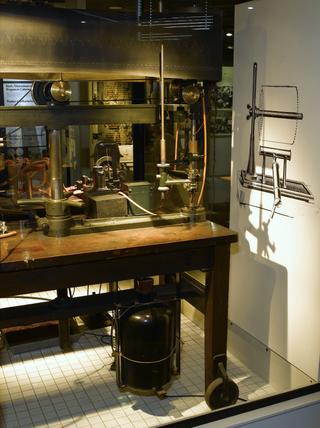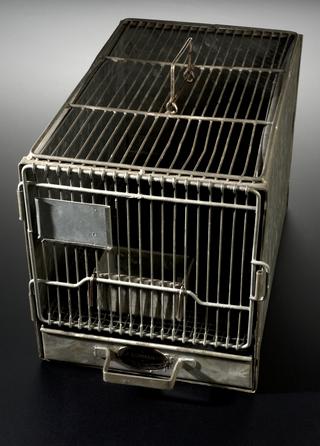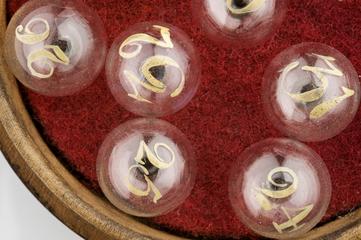
Ballistic reflecting galvanometer, London, England, 1920-1955
- maker:
- Henry Tinsley and Company




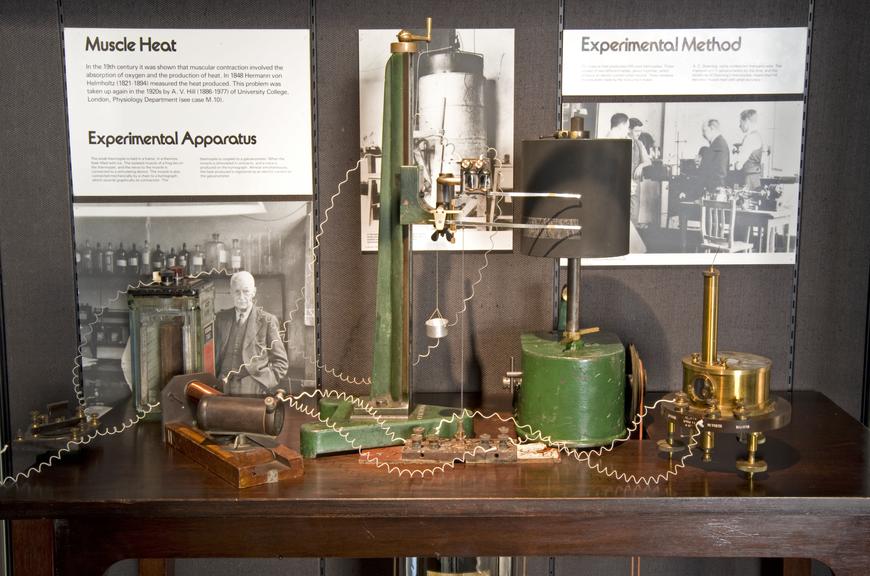
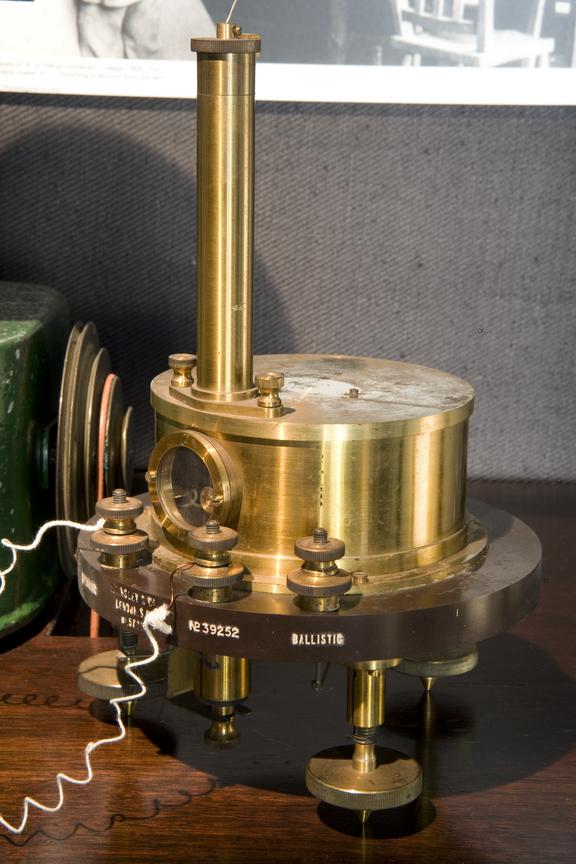
Aperiodic ballistic reflecting galvanometer, brass, by H. Tinsley and Co., serial No.577, NPL=39252 (certificate) & paper label E2137 London, 1920-1955
A galvanometer measures small electric currents and is sometimes used during physiological experiments studying muscle contractions as shown here.
An isolated muscle is placed on coils of wire and connected to an electrical stimulus, controlled by a switch. The muscle is also attached to the kymograph to record when the muscle contracts. When the muscle is stimulated, heat is produced and transferred to the thermocouple (cut away to show the two coils of metal which, when heated, produce an electric current). The thermocouple is attached to a galvanometer to record the electric current produced when the thermocouple is heated.
Details
- Category:
- Laboratory Medicine
- Object Number:
- 1979-549
- Materials:
- brass and plastic (pf)
- type:
- galvanometer
- credit:
- National Physical Laboratory.
